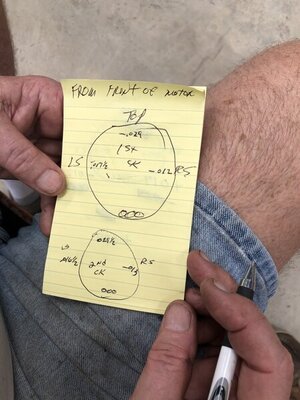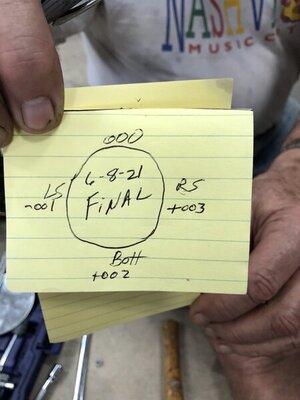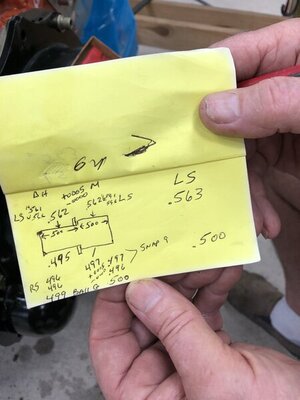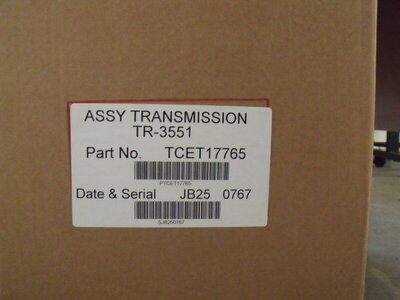joe smith
Well-Known Member
Been watching videos, reading up on this etc... LOL.. NEVER did this in the " old days" with 4 speeds, but I understand my new TKX needs to have tighter variances
My question is I still don't understand how you can get the correct numbers without the Dial indicator being in the exact center of the crank shaft, which is NOT being done on the video's I have been watching...
What am I missing? Just a simple man here, not too technical please....
My question is I still don't understand how you can get the correct numbers without the Dial indicator being in the exact center of the crank shaft, which is NOT being done on the video's I have been watching...
What am I missing? Just a simple man here, not too technical please....




















